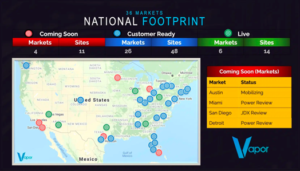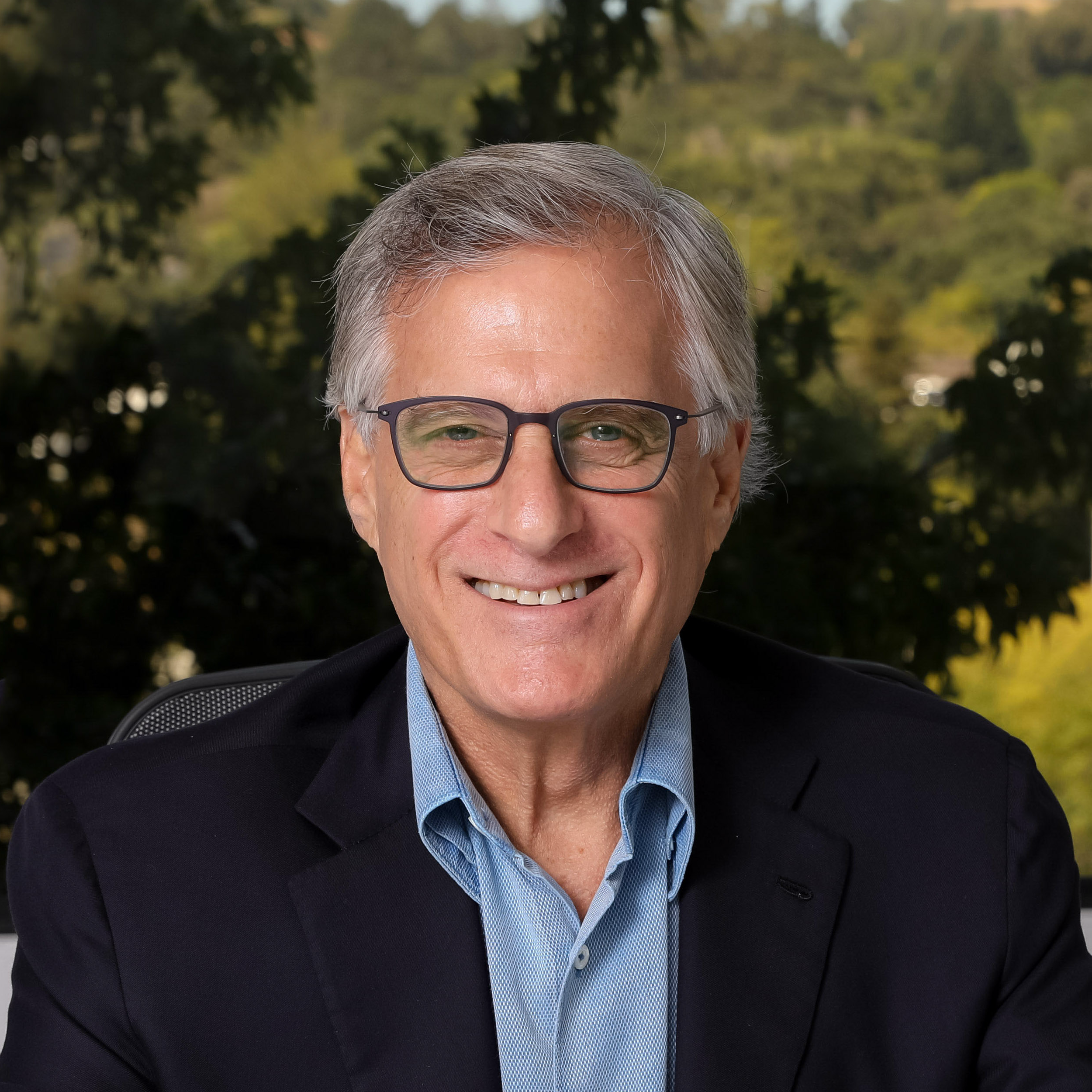Edge Executive Insight – Matt Trifiro, Chief Marketing Officer, Vapor.IO – Rising Star of the Year FINALIST
 In the lead up to Edge Computing World, we’re taking some time to speak to key Executives from the leading companies. Today we’re talking with Matt Trifiro, Chief Marketing Officer of Vapor.IO
In the lead up to Edge Computing World, we’re taking some time to speak to key Executives from the leading companies. Today we’re talking with Matt Trifiro, Chief Marketing Officer of Vapor.IO
Tell us a bit about yourself – what led you to get involved in the edge computing market and Vapor.IO
My unique talent is creating marketing strategies for early stage companies, particularly for new markets—like the edge—where there are no established rules and the players must identify new opportunities and iterate toward product/market fit. I got involved in edge computing about six years ago when our founder/CEO Cole Crawford shared with me his vision of what is now the Kinetic Grid.
What is it you & your company are uniquely bringing to the edge market?
Vapor IO was created in 2015 with a vision to rearchitect the internet at the edge. We have assembled a world-class team that has decades of infrastructure, networking, and data center experience. We are currently leading industry efforts to deliver cloud computing to the edge of the network using our unique hardware designs and tower-connected real estate, as well as the company’s software portfolio for autonomous data center operations and application telemetry.
Today’s internet operates from the core out, but Vapor IO deploys intelligent infrastructure from the edge in because the edge is where the action happens. It’s where farmers grow food, factories build widgets, retail stores sell products, and hospitals care for the sick. Everything we care about is at the edge. It’s where we make our homes, drive our cars, attend our schools, and work in our offices. The edge is where data is created; the edge is where analyzing and acting on data creates value.
The company’s Kinetic Grid™ platform is the first nationwide edge-to-edge system that brings the core of the internet to within microseconds of the end-user or device—including the radio tower, factory floor, and retail storefront.
We are the first company to successfully monetize services at the edge, at-scale, and we’ve built a large ecosystem of partners to bring new services to market.
Tell us more about the company, what’s your advantages compared to others on the market, who is involved, and what are your major milestones so far?
Vapor IO has been laying down the foundation for its Kinetic Grid architecture since 2015 and is two to three years ahead of anyone else looking to compete with the company’s architecture. Not only does Vapor IO have a technology lead, many of the most important markets can require 24-36 months of lead time just to pull building permits and bring in electricity— something Vapor IO already has in hand in all of its markets. The company’s Kinetic Grid platform is in production in six US cities (Atlanta, Chicago, Dallas, Las Vegas, Phoenix, and Pittsburgh) and its network is now available in 32 US markets, any of which can be put into production typically within 90 days of customer contract.

Vapor IO has forged partnerships with some of the largest technology and infrastructure companies in the world, including Crown Castle, Digital Realty, VMware, and AWS, and is one of the founding partners of the Open Grid Alliance. The company also co-founded the Open19 foundation and the State of the Edge project at The Linux Foundation.
Vapor IO understands the economics of shared infrastructure, which can only emerge from neutral host platforms like the Kinetic Grid, which are capable of aggregating many tenants and without favoring any one tenant over another. This allows Vapor IO to more quickly assemble the critical mass required to drive the concentrated growth cycles within geographic regions. Vapor IO also has a distinct advantage over incumbents because it’s been able to drive a lot of the costs out of networking and colocation, making it possible, for example, to offer no-cost interconnection and free in-market transit to its customers—something that would be costly and an unnatural act for potential competitors.
How do you see the edge market developing over the next few years?
Our focus is on solving end user enterprise problems with turnkey solutions delivered from the network. We believe that “edge”will take a backseat to end-to-end solutions which are enabled by edge technologies. From the customer’s perspective, they will be able to purchase new services like cloud robotics, automated retail checkout, and video security that can now be delivered from the Internet on a consumption basis.
What are the main trends you see about integrating edge computing into different verticals?
Today’s demand is being driven, primarily, by three categories of use cases:
- Private Networks: Providers of private 5G and LTE networks are in a race to establish momentum as competition gets increasingly fierce. Vapor IO’s Kinetic Grid lowers the deployment cost and TCO of private networks, while also speeding the delivery and convenience of edge services that utilize those networks.
- Near Premises: As enterprises migrate workloads from on-premises to the cloud, they are often slowed by applications that, historically, could only be run on-premises. Because Vapor IO’s Kinetic Grid offers on-premises performance and security, it frees enterprises to migrate more of their on-premises workloads into near-premises environments with public or private clouds.
- New as-a-Service Applications: Vapor IO’s Kinetic Grid is enabling a new class of service providers to deliver novel capabilities to enterprises on a consumption basis. For example, Vapor IO partner Hypersive is using the Kinetic Grid to deliver video management and video security as an on-demand service. By locating the services on the Kinetic Grid infrastructure, enterprises can consume new, scalable services without significant capital investment, and providers can offer these services with compelling economics.
Over time, we expect edge services to expand into other categories of workloads, including Smart Factory, Smart Retail and Smart Healthcare, which will be built on top of the foundations being laid down today.


